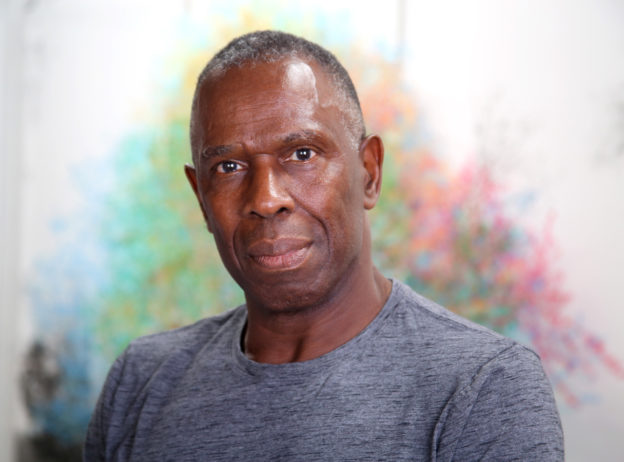
RESILIENCE—PHILIP GUSTON IN 1971 is the first local solo exhibition of the artist’s paintings and drawings in over half a century. The show—at Hauser & Wirth Los Angeles, and curated by his daughter Musa Mayer—is on view for one more week.


The paintings in the exhibition were made in Rome during an extended Italian trip in 1971. Guston had recently weathered a storm of negative reaction to his 1970 show of work at the Marlborough Gallery in New York City.


I’ve found no better word than “resilience” to describe that particular year in my father’s work and life, and indeed to characterize his entire life, especially his early life, when he discovered the great art and artists of the past and quite literally drew and painted a new identity for himself. — Musa Mayer


RESILIENCE—PHILIP GUSTON IN 1971
Through January 5.
Hauser & Wirth
901 East 3rd Street, downtown Los Angeles.

Resilience—Philip Guston in 1971, Hauser & Wirth, Los Angeles, September 14, 2019––January 5, 2020, paintings, from top: Untitled, 1971, oil on paper; Hand and Stick, 1971, oil on canvas; Untitled, 1971, oil on paper mounted on panel; Untitled (Roma), 1971, oil on paper; Untitled (Roma) , 1971, oil on paper mounted on panel. The Nixon Drawings and the Poor Richard series (all 1971) are pen and India ink on paper. The film still of Guston in his Woodstock, New York, studio, summer 1971, is from footage shot by Michael Blackwood. Images courtesy and © the Estate of Philip Guston, Musa Meyer, Michael Blackwood Productions, and Hauser & Wirth.























